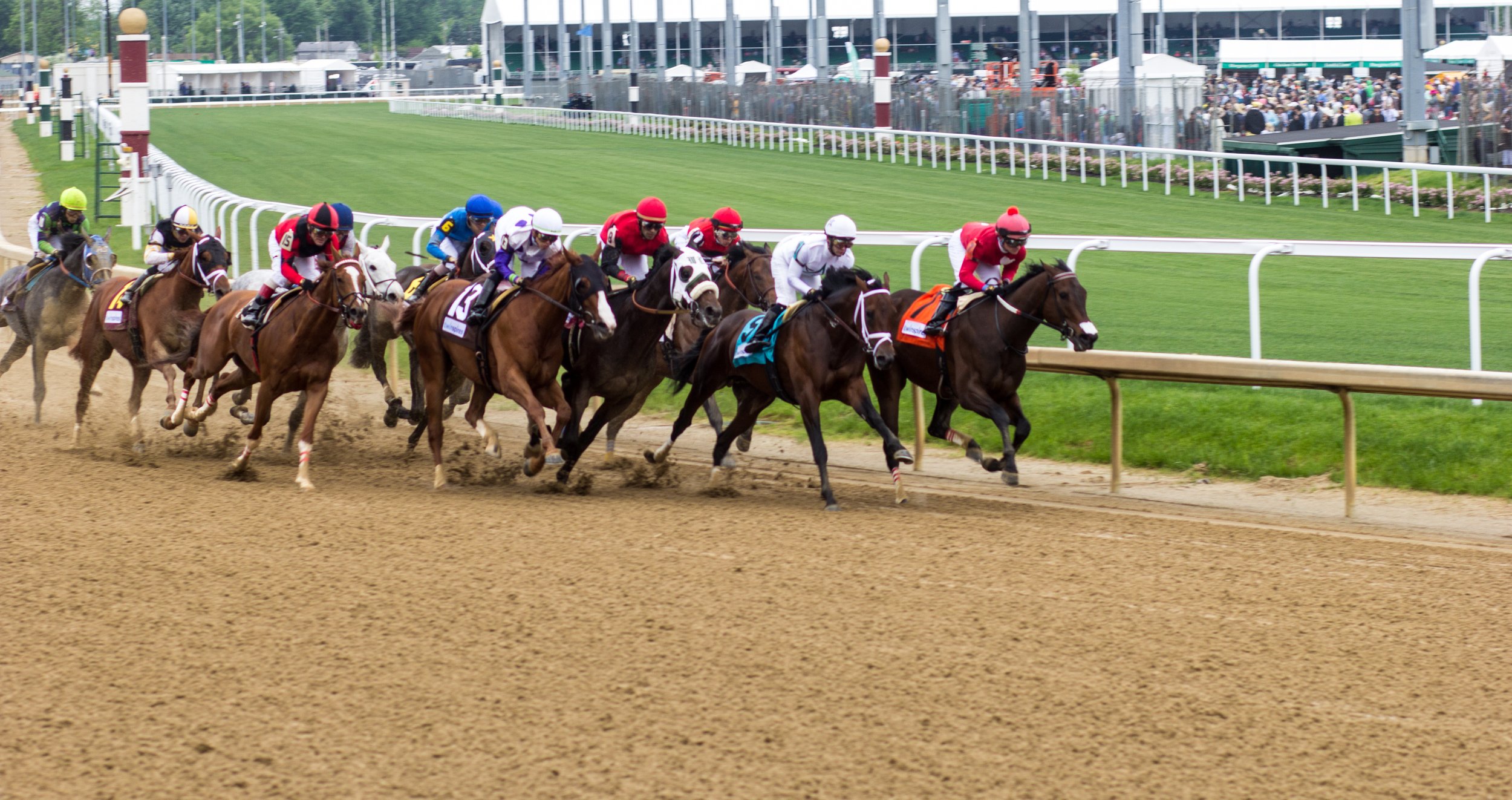Kentucky Derby 2024: Has Progress Been Made Since 12 Horses Died Last Year?
In the wake of last year's Kentucky Derby, where twelve horses tragically lost their lives, the issue of equine welfare in the racing industry continues to demand attention.
The Kentucky Derby, a prestigious event in the world of horse racing, serves as a stark reminder of the risks faced by horses in competitive settings.
While the sport garners widespread attention and entertainment, it also raises important questions about the welfare of the animals involved.
The deaths of twelve horses surrounding the Kentucky Derby last year underscored the urgent need for reform within the racing industry. Despite promises of improved safety measures and heightened scrutiny, the fundamental challenges remain unresolved.
The causes of these fatalities, including cardiovascular collapse and catastrophic leg injuries, underscore the challenges inherent in the racing industry.
A deeper examination reveals systemic issues within the industry, including the early and intensive training of young horses. Many horses are thrust into full-blown racing careers before they have fully developed physically and mentally, leaving them vulnerable to injury and exhaustion.
While some farms and outfits prioritize the well-being of their horses, the broader culture of racing often prioritizes profit over equine welfare. Horses are pushed to their limits, with little regard for their long-term health and well-being.
In response to mounting criticism, there have been calls for increased oversight and regulation to ensure the well-being of racehorses.
After last year’s tragedies an investigation found that the 12 horses who died at Churchill Downs had all run more frequently over the span of their careers than the average racehorse.
Wild on Ice, a gelding born in 2020 and a Derby qualifier, was euthanized after sustaining a hind leg fracture during training leading up to last year’s race. His connections expressed regret over their missed opportunity to watch him reach his full potential.
A month later, Kimberley Dream, a seven-year-old “war horse” was making her 61st start when she broke down in a claiming race. In the chart the final note on her short life read “went wrong in upper stretch”.
From breeding practices to race-day protocols, every aspect of the racing industry must be scrutinized and reevaluated to prioritize the health and safety of horses.
By raising awareness, supporting initiatives aimed at improving equine welfare, and holding stakeholders accountable, we can work towards a future where horse racing is not only entertainment but also safe and humane for all involved.
